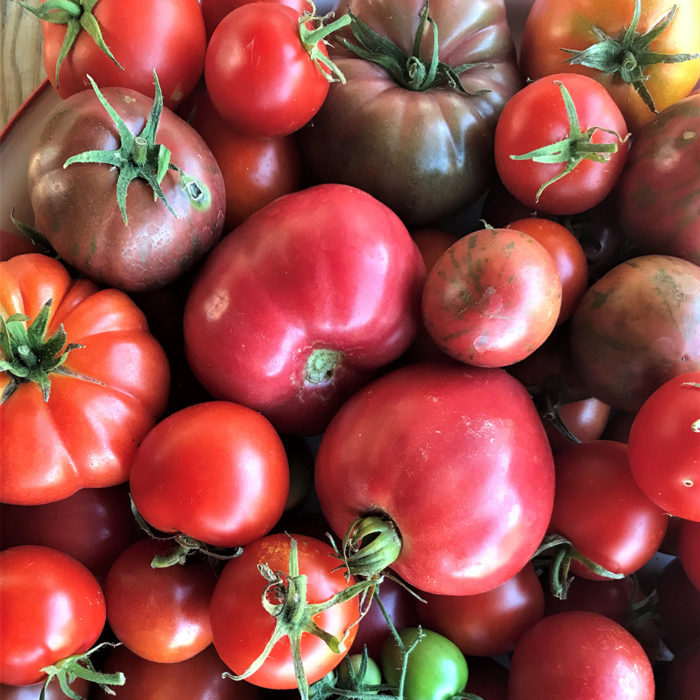
In the edible garden
Harvest your bounty. Summer vegetables are at their best now. August is a time of abundance in the vegetable garden, with bountiful crops of summer squash, peppers, beans, and tomatoes ripening daily if your spring preparations are paying off and if your watering practices have remained consistent. All veggies taste best if eaten on the day they’re picked. Learn how to select each perfectly ripened vegetable for optimal flavor by developing your own personal taste test. Harvest all of your summer veggies frequently to ensure continued production. Learn when to harvest common veggies here.
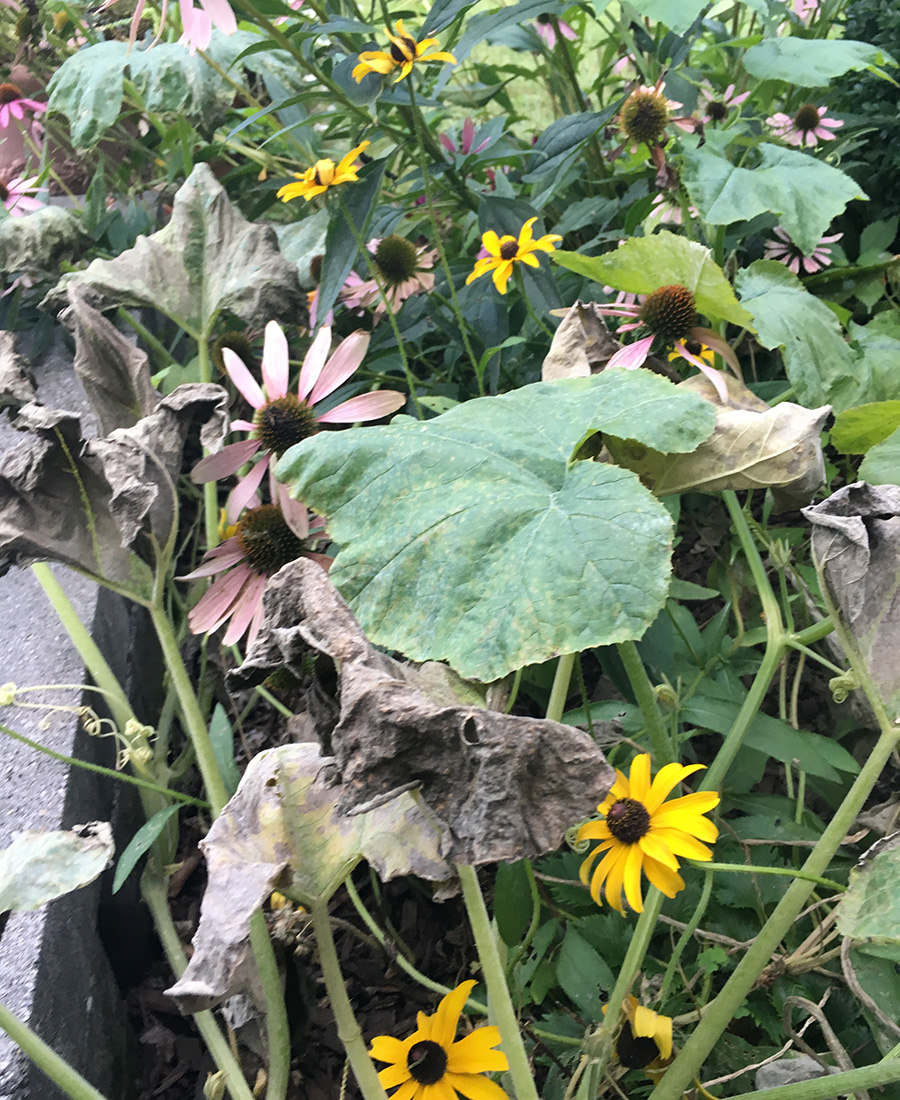
Watch out for pests and diseases. Monitor for powdery mildew among cucumbers and squashes, including pumpkins, and continue to check for pests or fungal problems in the tomato patch. Continue to weed and monitor for aphids, slugs, and snails.
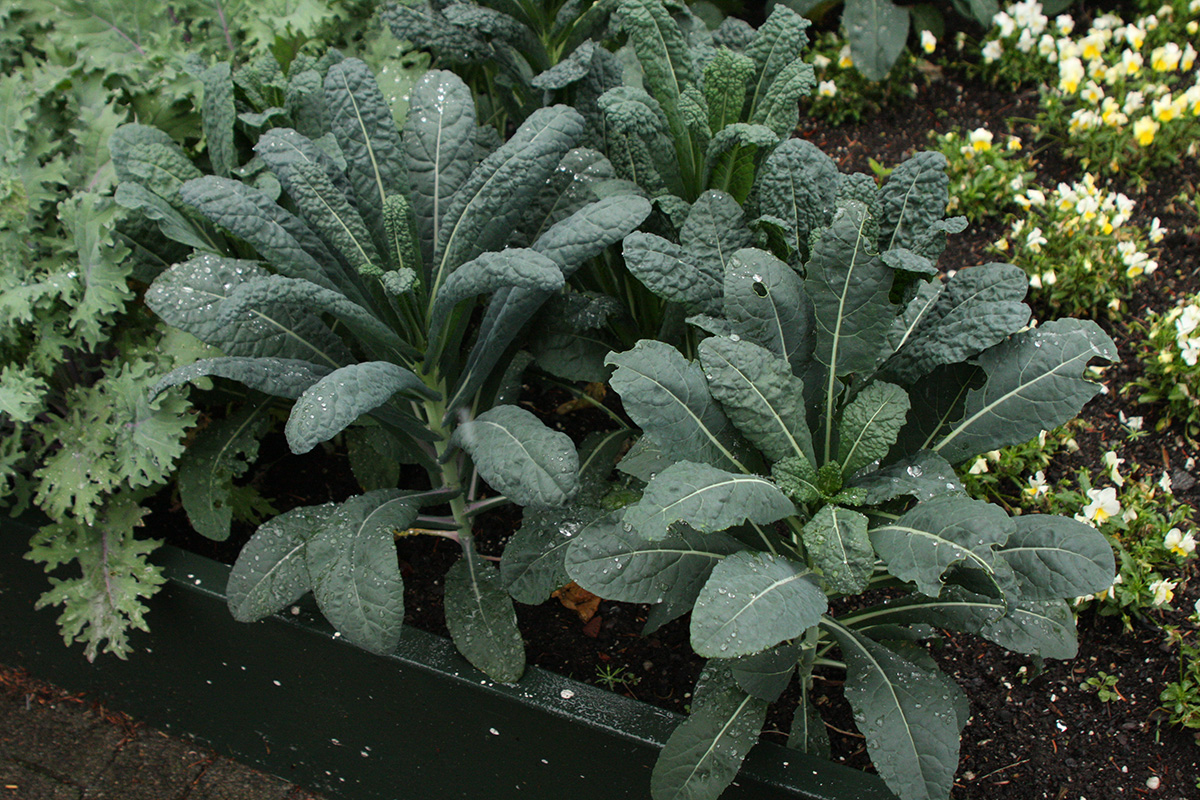
Seed fall and winter veggies. Toward the middle of the month, begin seeding onions, broccoli, kale, leeks, cauliflower, chard, Brussels sprouts, and winter lettuces indoors for planting out in the vegetable garden in late September once space has come available. Be sure to clean up well after harvesting completely spent crops. Add rich, organic compost and a good organic fertilizer in preparation for your winter garden. Learn more about prepping your veggie garden for fall here.
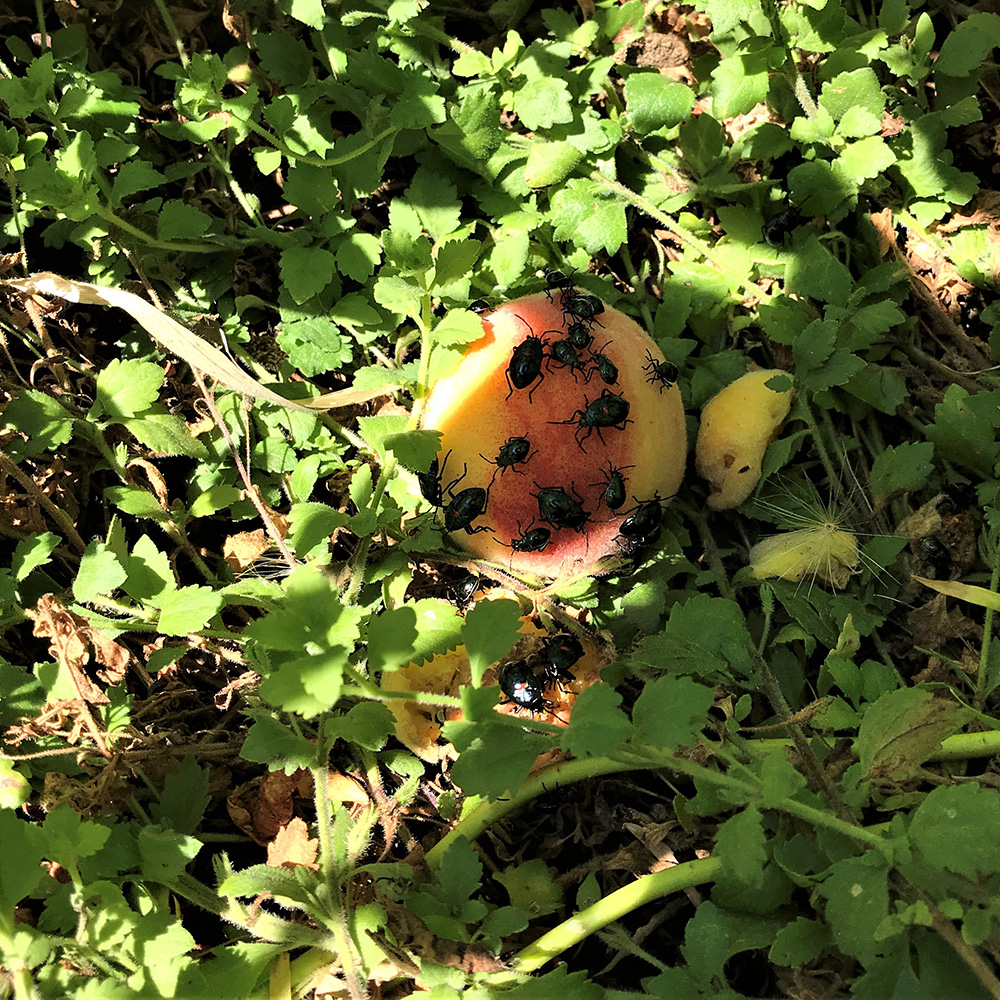
Pay attention to fruit trees. Continue with a deep watering schedule for your fruit trees, and be especially diligent during hotter spells. Prop up any overladen branches to prevent limb breakage, and harvest ripe fruit before any crows or blue jays beat you to it. Remove injured or damaged branches, and clean up any downed fruit to avert insect infestations and prevent potential fungal problems.
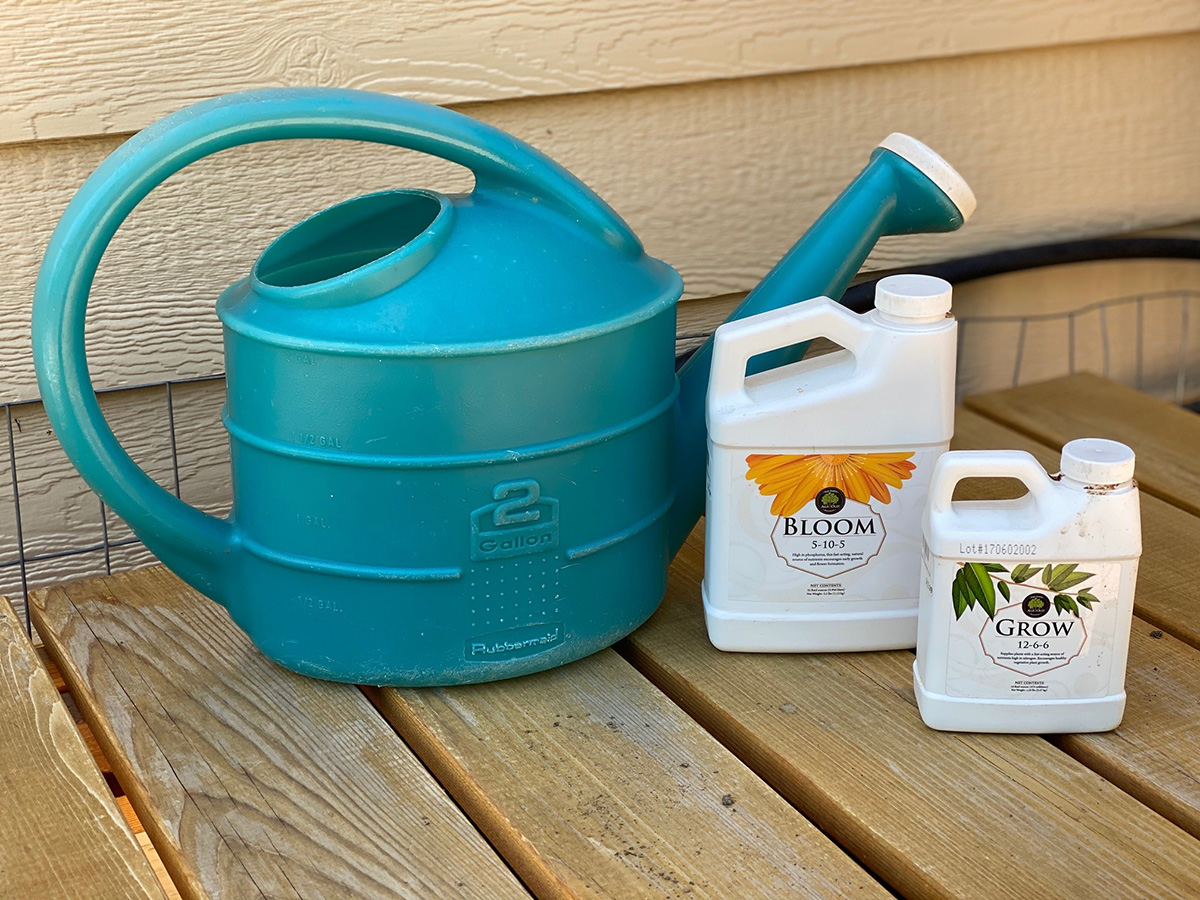
In the ornamental garden
Fertilize annuals. Your summer-flowering window boxes, hanging baskets, and patio containers can use more fertilizer now to encourage continuous blooms all the way through fall. Use a bloom formula such as 0-10-10.

Divide bearded irises. August is a great time to divide your now semi-dormant, somewhat crowded bearded irises. Carefully dig up the whole clump of rhizomes, keeping as many of the roots as possible. Cut away and discard the old, leafless center portion, retaining the healthy end sections of the rhizomes with leaves attached. Plant these with the tops just below the surface in rich, amended soil, and water the divisions in well. Learn more about dividing these and other irises here.
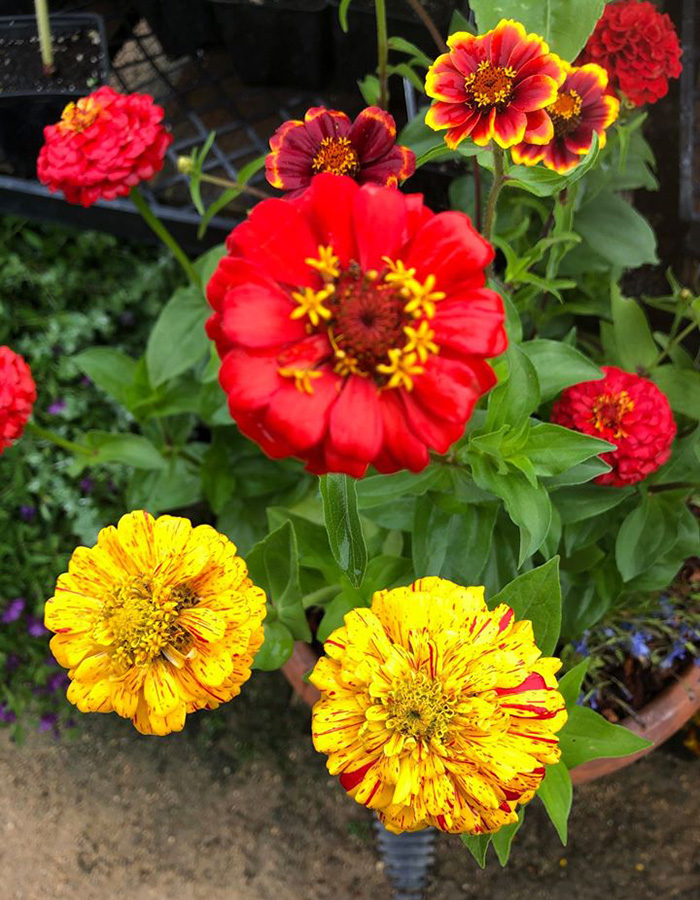
Pick flowers for arrangements. In the cutting garden, continue to pick colorful summer bloomers such as coreopsis (Coreopsis spp. and cvs., Zones 3–9), zinnias (Zinnia elegans cvs., annual), sunflowers (Helianthus spp. and cvs., Zones 4–9), dahlias (Dahlia spp. and cvs., Zones 7–11), cockscomb (Celosia argentea cvs., annual), and cosmos (Cosmos spp. and cvs., annual) for beautiful summer bouquets. Check that the irrigation is adequate for the hotter summer days, and side-dress your cutting garden with organic compost for a nutrient boost. Continue to remove any spent blooms or seedpods to guarantee production of fresh new buds and blooms all the way through September.
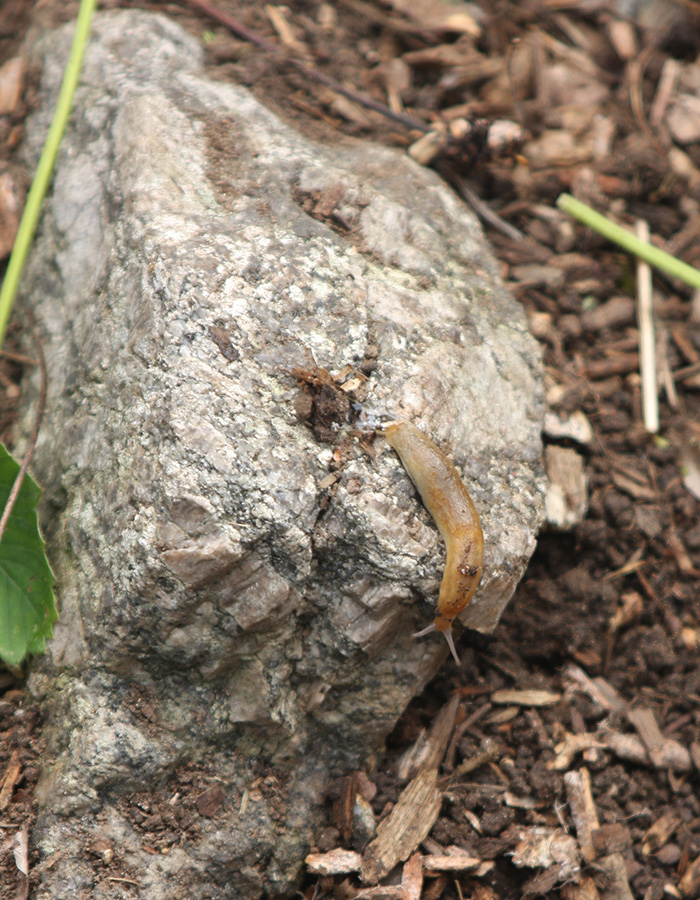
Keep your plants healthy. Watch for weeds, slugs, snails, and fungal problems, and treat them accordingly.
—Fionuala Campion is the owner and manager of Cottage Gardens of Petaluma in Petaluma, California.


















Comments
Log in or create an account to post a comment.
Sign up Log in